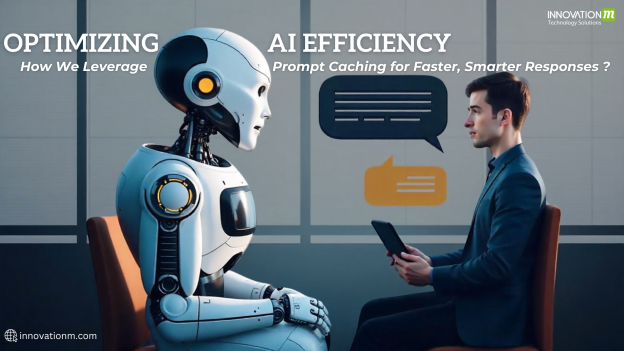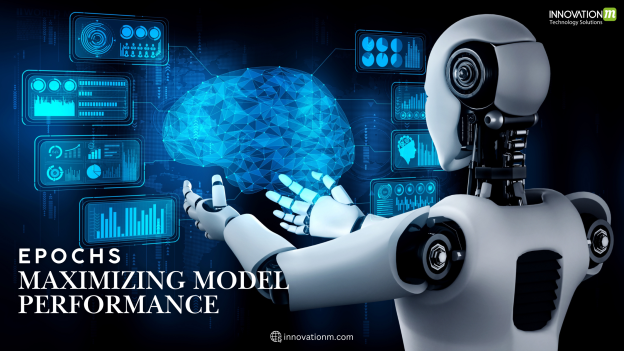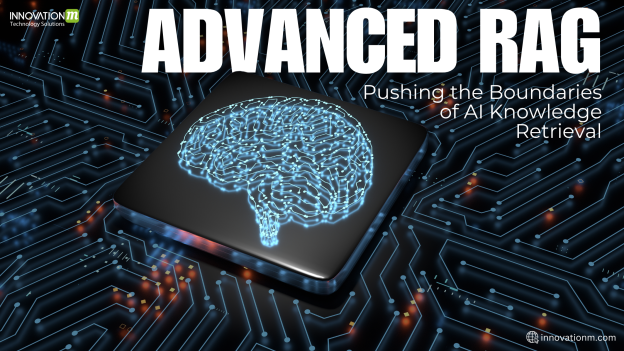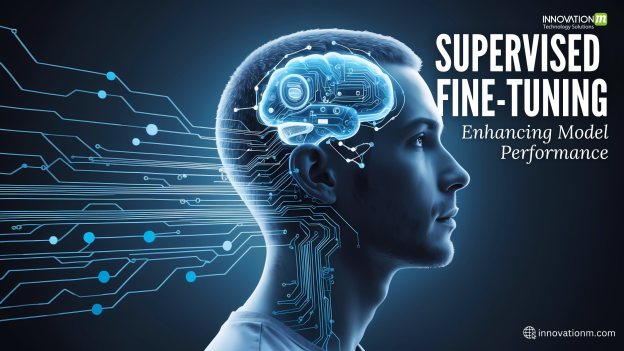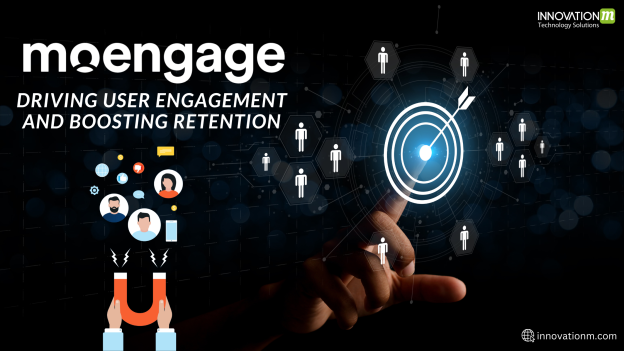
MoEngage Driving User Engagement and Boosting Retention
Retention marketing strategies have become crucial for businesses today, especially when increasing customer retention rates by just 5% can boost profits by 25% to 95%. We’ve found that acquiring new customers costs significantly more than retaining existing ones, making customer retention a vital focus for sustainable growth. In fact, a mere 1% increase in customer Continue Reading »
 End to End Technology Solutions
End to End Technology Solutions

